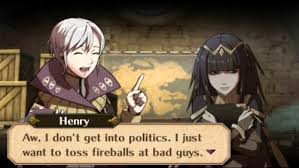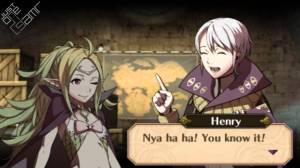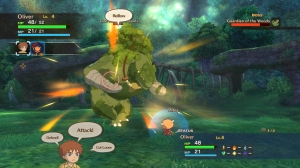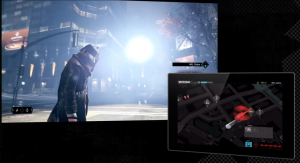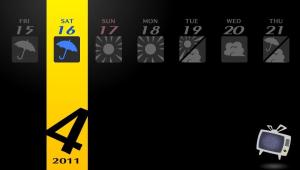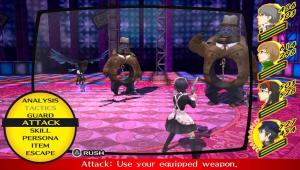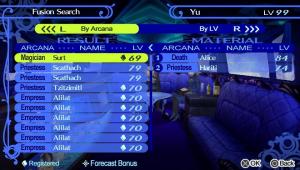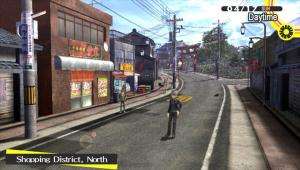Here I am blogging about games and game design. Never really thought I would so such a thing but apparently it helps. As I start out on this exercise of writing I decided to do what any right minded game lover would do and get a partner to protect me from the monsters in the wild.

I have played Pokémon all my life, it was the reason why I bought a GameBoy. Forget Mario – I could play his game on my NES at home all alone, but Pokémon that I could play anywhere and with my friends; we could trade and fight and I could go on gushing about this game forever.
So why Pokémon? I honestly never thought about why I love this game so much, no matter what version of game I am playing – even the remakes. I used to speed run these games with my brother and cousins and see who could get from the start of a new game to the end, which we decided was beating the Elite 4 with the unique Legendary of the game we were playing. This game fascinates me, period.
Lets set aside the obvious stuff like the ever increasing graphic fidelity (3D attacks OMG!) and the easy to use control system (esp. now with the 3DS’s circle pad) the really well done collision detection, awesome music, and a story that falls right into that sweet spot of a stereotypical hero’s journey based tale. Honestly, the core game play is basically an extended version of rock paper scissors with Eevee having an unfair advantage. (Also the new Fairy type eeveelution Sylveon is OP). So what makes this game so irresistible?

It is my belief that it is the balance that the game has between the predictable and the unpredictable that makes this game in many senses so addictive. Sometimes the craziest of things work and it just brings a moment of excitement the “Wow did that just really happen?”. I got that very feeling when I caught Mewtwo with a mere pokéball. This near perfect balance of the known and unknown, is what keeps people coming back , it’s like a drug. People bring up the time when they landing a critical hit with their last pokémon in their party to succeed in a gym leader battle, or how they miraculously caught a legendary pokémon in the most dire of situations, or in the silliest way possible. To the people who play this game it provides a more tangible adventure of some sort. While walking in the grass or surfing on the water the unpredictability of what might happen next drives people to constantly play the game and to continue wandering the world of pokémon.
And you can wander for however long you want, because the game never truly ends. It is like an open world of doing whatever you want within this gigantic framework of rock-paper-scissors. You can explore caves, find hidden items, search for the legendary pokémon, with puzzles to solve (The Legendary Golems) and interesting little pieces of lore that surround them all. Sure the story-line may be restricted and restrictive but it doesn’t mean you have to follow that one single path. I beat the 6th gym (Koga) leader in Pokémon Red and Blue before the 5th one (Erika) and the game didn’t stop me in any way. I actually beat the 7th (Sabrina) right after that because I couldn’t find Erika. It may have been bad design, (because they changed it in the remake…), but it let me have an adventure in my own way, on my own terms. This feeling of freedom is just another reason as to why pokémon is so great. On top of this freedom, you can add your own rules like beating the Elite 4 with only fire-type pokémon (which I did).
So the game puts the above together and ends up with this evolving RPG. Sure it has the same old boy saves the world story again and again and sure the game play hasn’t really changed over the years, but the excitement remains. Name another RPG that lets you as the player have control over 600+ different types of character classes, out which you have to pick 6 to roam around with. I mean sure have a party of 6 Pidgeys if that suits your fancy no one can stop you and the you can probably still beat the game. Still the sheer number of parties you can have is overwhelming. Final Fantasy, Namco Bandai’s Tales games and Dragon Quest restrict you to 3-4 party members with archetypal character classes and fixed ability choices. All you do in these games is pop the best equipment you have for the class and your done.
Think about this, what if you could take each of these classes and mold them to suit your needs, to suit your own personal play style?
Add to these RPGs the ability to selectively tweak, train, and experiment with these characters. Beating certain wild pokémon grows your own pokémon in different ways and focusing on one type of attack system helps grow your pokémon in other ways. This gives the whole game a deeper more profound game play. Its like playing an open-world RPG with the powerful affordance of your actions affecting the growth of your party members. All of sudden you start working on optimizing your pokemon – what happens if I breed these two pokémon, can I create a rare type of pokémon by doing this? The world is filled with new things to find, searching far and wide each pokémon the power that’s inside. (totally ripped off the theme songs lyrics, the song is for some reason now stuck in my head by the way).
Enough of this touchy feel-ly stuff you say, just break down the mechanics as to what makes Pokemon awesome you ask. OK…

Right off the bat, the Professors Oak, Elm, Rowan, Juniper (all trees for some reason) ask you for your name. Immediately the experience has become personalized, in fact the game is pushing for so much personal-ization that in Pokemon X and Y, you are asked to give a nickname to your friends, a nickname! So check one, it creates a personalized experience for the player, and we all know that people seem to like that.
These professors then tell you how dangerous it is to wander outside where there is grass because of wild pokémon. To protect you they give you your own pokémon that will help you. BONDING MOMENT… also you can give this cute little fellow (seriously the starters are cute) a nickname…. BONDING MOMENT.
So what do you with these guys, how do you use this pokémon or whatever, enter the RIVAL characters, and instantly you’re thrown into a battle. Here you have 4 options, Fight, Item, PKMN, and Run. You try Run, ‘Can’t run from a trainer battle!’ is the response, okay so you can’t run from a Trainer battle (Teaching Moment). Next you try PKMN, it brings up a list of 6 slots with only one filled, so this is where you can interact with your party (Teaching Moment contd). So the last two choices are Fight or Item, let’s try Item, cool so you have no items but you can use them in battle (third Teaching Moment…).

Now for Fight and this is where Pokémon is amazing… you have two attacks, not one but two. Now they could have simply given you two damage dealing attacks but no, they give you one attack to deal damage and other to effect the stats of the opponent pokémon. So not only can you fight but there is more than just the action of hacking each other down to see who is the last man standing. Players can take a more tactical approach… this is not just a kids game. All of this within the first few moments and without any contextual pop-ups and hints and directions, awesome right. (Less Talk, more Rock right… right..)
Next these Professors who have researched pokémon all their lives give you an empty pokédex (an index of all pokémon and their features) and ask you to fill it up. Cool, now we have a goal. They all also say that we may embark on an adventure where our goal may as well be to defeat the gym leaders and take on the Elite 4 to become the greatest trainer, quite the challenge. This gives us, the players, clear objectives and a well defined path of progression. We can easily check our progress by seeing how many badges we have or how many pokémon we have seen or caught. And each step towards this end goal gives the players a reward, the professors give the players certain special items and the gym leader’s badges let you use certain abilities outside of battle that helps the progression of the game. People like milestones and rewards on reaching or completing said milestones, we know this right.
Pokémon gives you a personalized experience where most of the game play isn’t taught but is experienced by the player (indirect control?). The game gives you clear goals and sets up milestones to these goals. Each milestone is rewarded and these rewards are meaningful as they let you progress to the next milestone. Also via the pokédex and player badge-case the progression of game is well tracked.
All this means is that Pokémon has a well constructed and smooth process of play, that is intuitively taught. All of the above just to prove this one sentence, I should have said “play game, the truth will come upon you”.
In the end Pokémon is a personalized experience, with clear objectives that I can use to measure progress, with an added sense of adventure and unpredictability wrapped around choices that I make while playing alongside a very deep and insightful customization system, inserted into the simplest and most common game, rock-paper-scissors.
So why do I like Pokemon? I guess I will never know…
Image Sources: Bulbapedia, twinfinite.net, Reddit.com, gamespot.com, pokemon.com




















